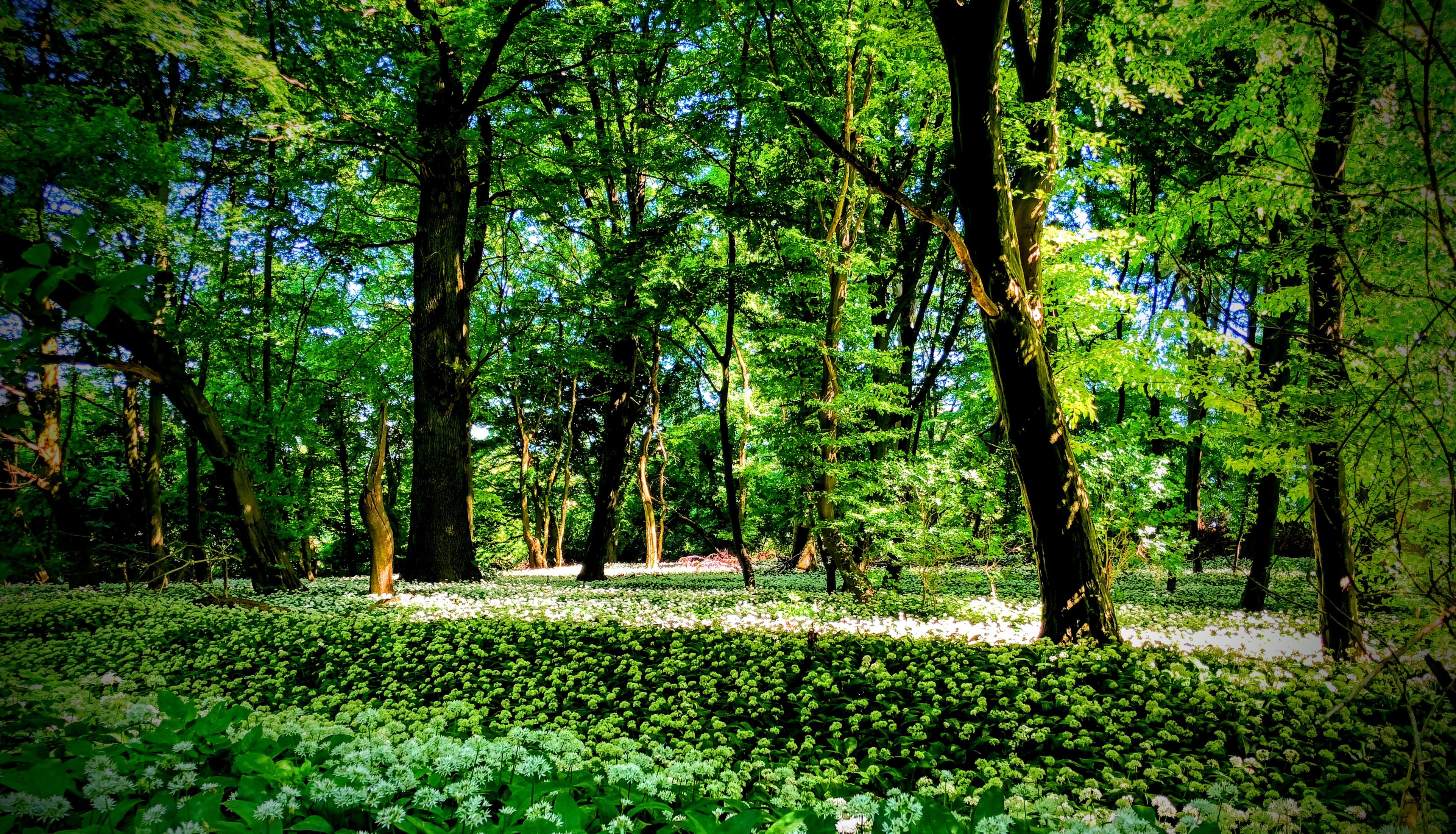Wolfsburg sets off on the WaldWeg
Ten core objectives formulated for the urban forest

"First and foremost, we must state that the city forest is of enormous importance to the citizens. It is the green lung of the city, offers space for recreation and sport, cools the air, stores water and much more," emphasizes Lord Mayor Dennis Weilmann.
"The coexistence of man and nature has created an extremely diverse habitat for flora and fauna. We want to preserve this coexistence. That is why the recreational effect of the forest is the top priority of the WolfsburgWaldWeg," explains First City Councillor and City Planning Councillor Kai-Uwe Hirschheide.
"The Wolfsburg Forest Trail comprises a total of ten core objectives. We want to continue to preserve and promote the ecological diversity of the forest and the old oak forests. The sustainable use of wood is also part of our responsibility for resources, as is the designation of natural forest areas. In addition, we must keep an eye on the consequences of climate change and carefully adapt the forest to changing environmental conditions," adds city councillor Andreas Bauer.
"It is particularly important to me that our Wolfsburg city forest is prepared for climate change in the best possible way. The WolfsburgerWaldWeg (Wolfsburg Forest Trail) developed jointly by the city forestry department and nature conservation associations is the basis for preserving our green lung," explains Michael Kühn, nature conservation officer for the city of Wolfsburg.
Those responsible are aware that the forest cannot be completely protected from change. Climate change is particularly pronounced here in the east of Lower Saxony, especially due to recurring summer droughts. This is why the Wolfsburg Forest Trail is also a kind of forest adaptation strategy. The WolfsburgerWaldWeg is based on a joint impulse paper by Stadtforst Wolfsburg and the nature conservation associations BUND and NABU.
"I am delighted that it is a forest strategy on which there is agreement with the nature conservation associations. Wolfsburg has long had an established profile for the care and management of its urban forest. The WolfsburgWaldWeg is therefore not a new invention. It formulates the profile of forest management that has grown over decades and integrates new approaches for sustainable, ecologically high-quality forest management geared towards climate change," explains city forester Dirk Schäfer.
The strategy for preserving old oak forests deserves special mention. These areas are a type of forest that has evolved over the course of cultural history and are very valuable for biodiversity. This is why many oak forests are also part of the EU bird sanctuary between Braunschweig and Wolfsburg. But they do not regenerate naturally enough. If there are to be 200-year-old oaks in 200 years' time, they have to be planted today.
The WolfsburgerWaldWeg describes how this has been and can be achieved in the future by planting young oaks in small clearings of around 0.5 hectares. But it's not just about oaks. The conversion of coniferous forests into mixed deciduous stands will also continue to be part of the forest strategy. In future, Stadtforst will limit itself to planting European tree species. The nature conservation associations were particularly interested in their higher value for the native flora and fauna.
The draft resolution also includes a review request. Stadtforst is asked to examine a Hutewald project. This involves a wilderness development area in which the already high ecological value of Wolfsburg's forest can be further increased under the influence of primarily native large game species. Such a project requires careful consideration, as it must be reconciled with the nature conservation objectives already in place for the area.